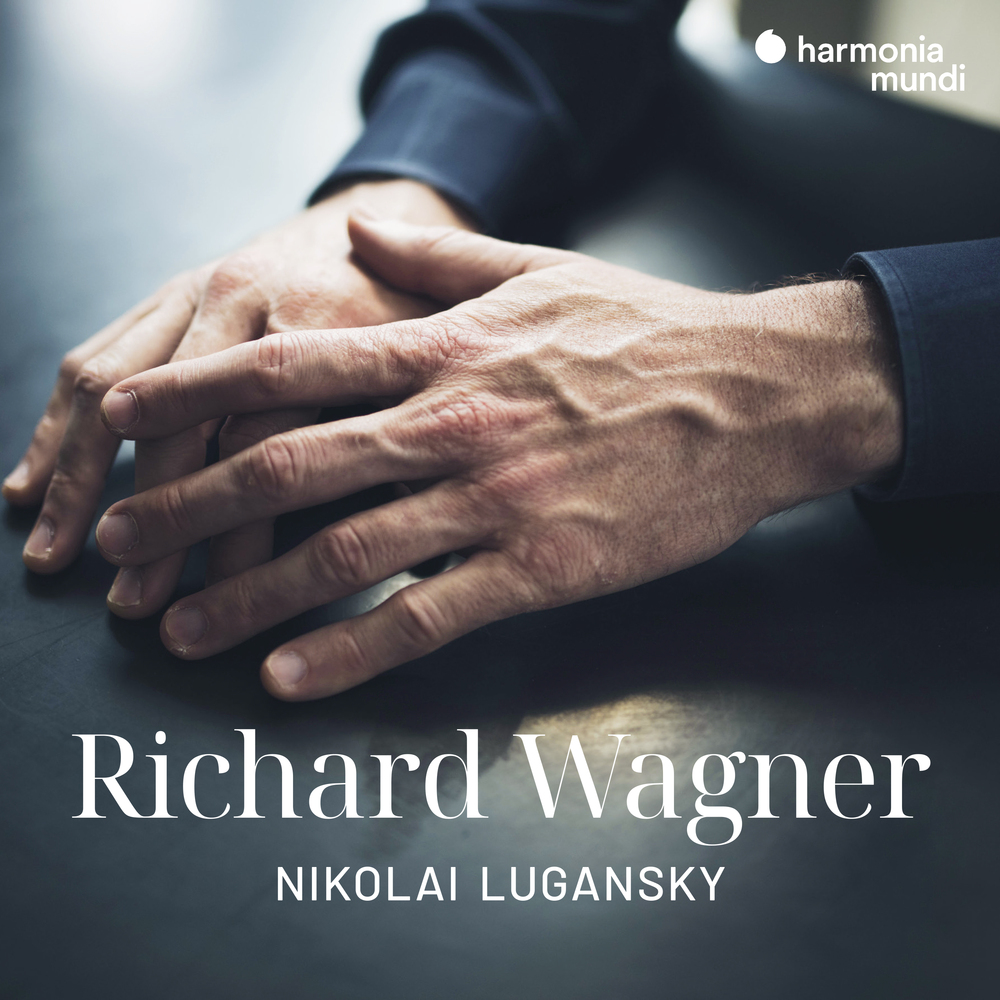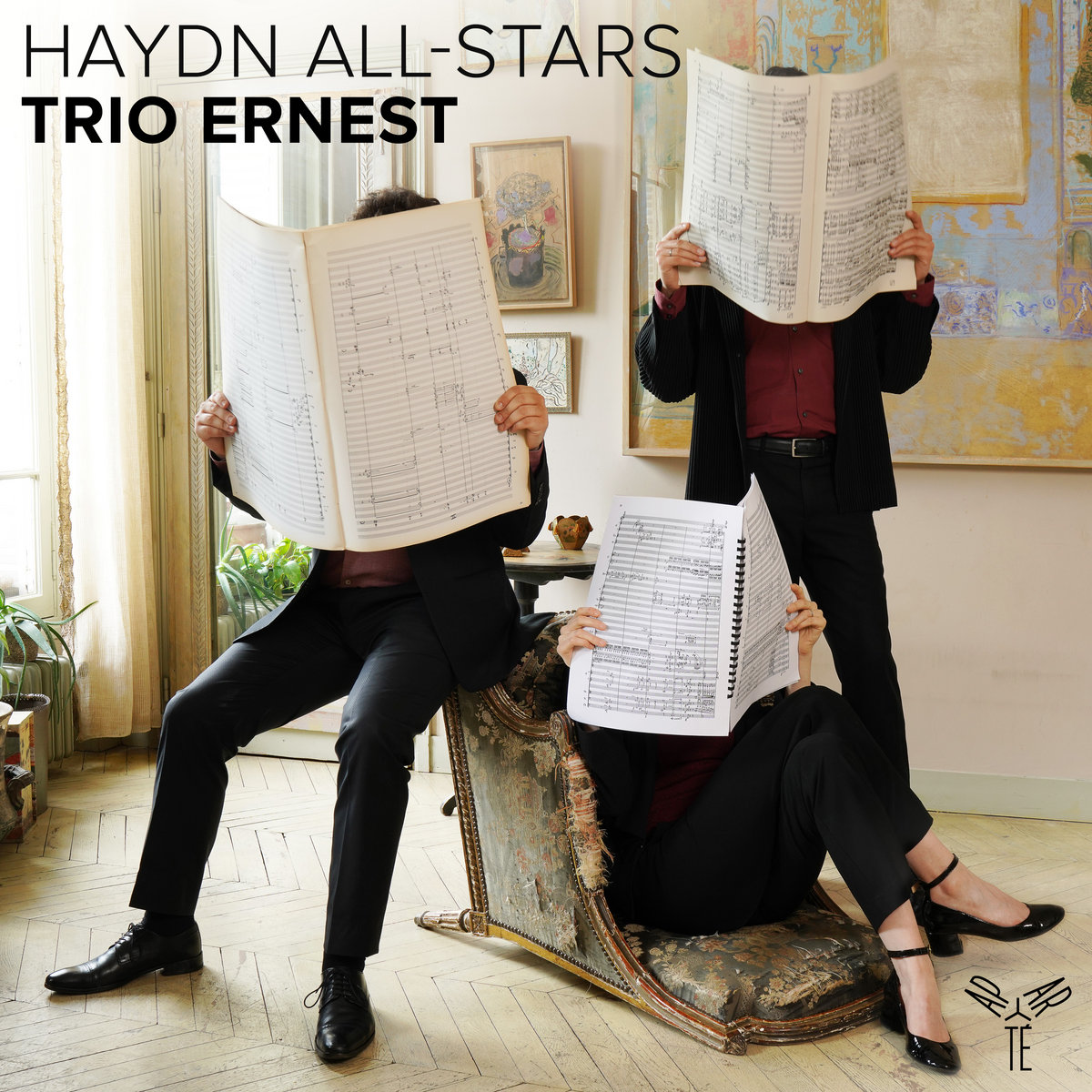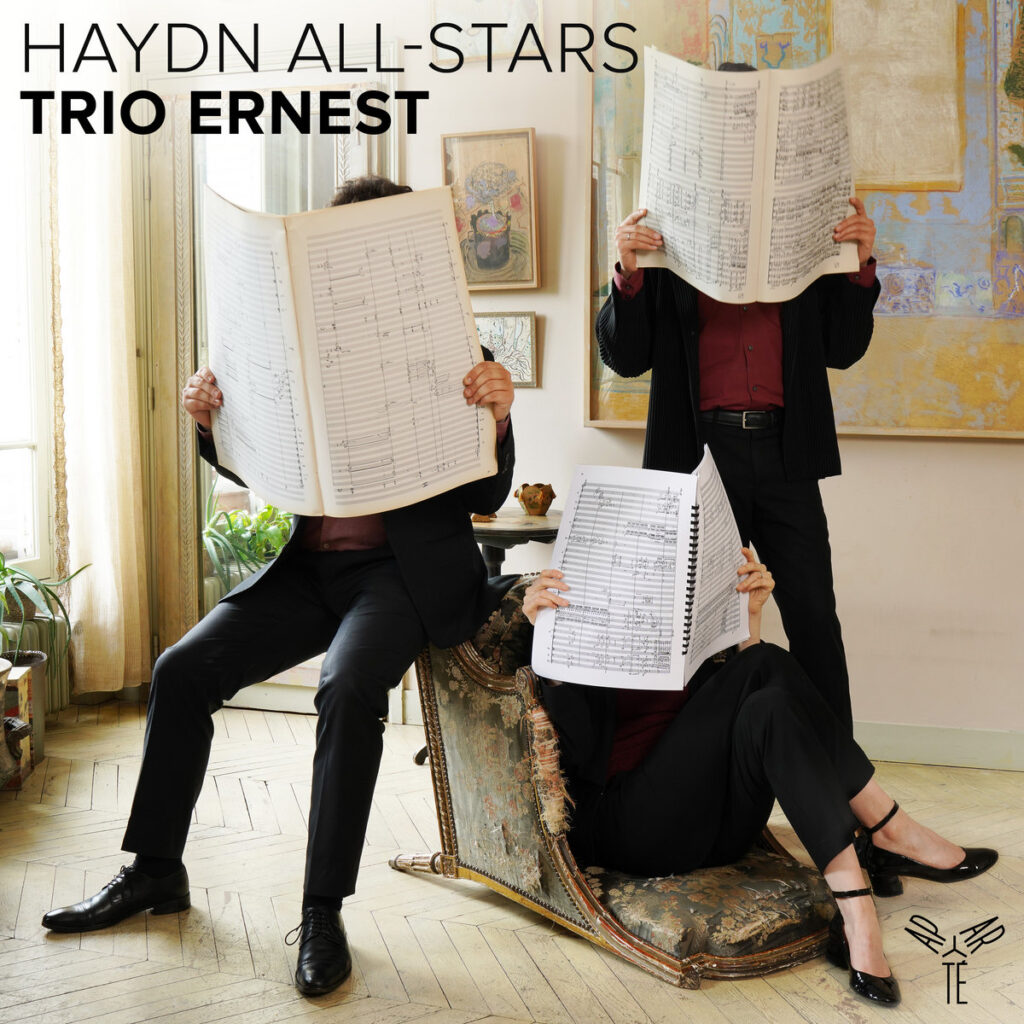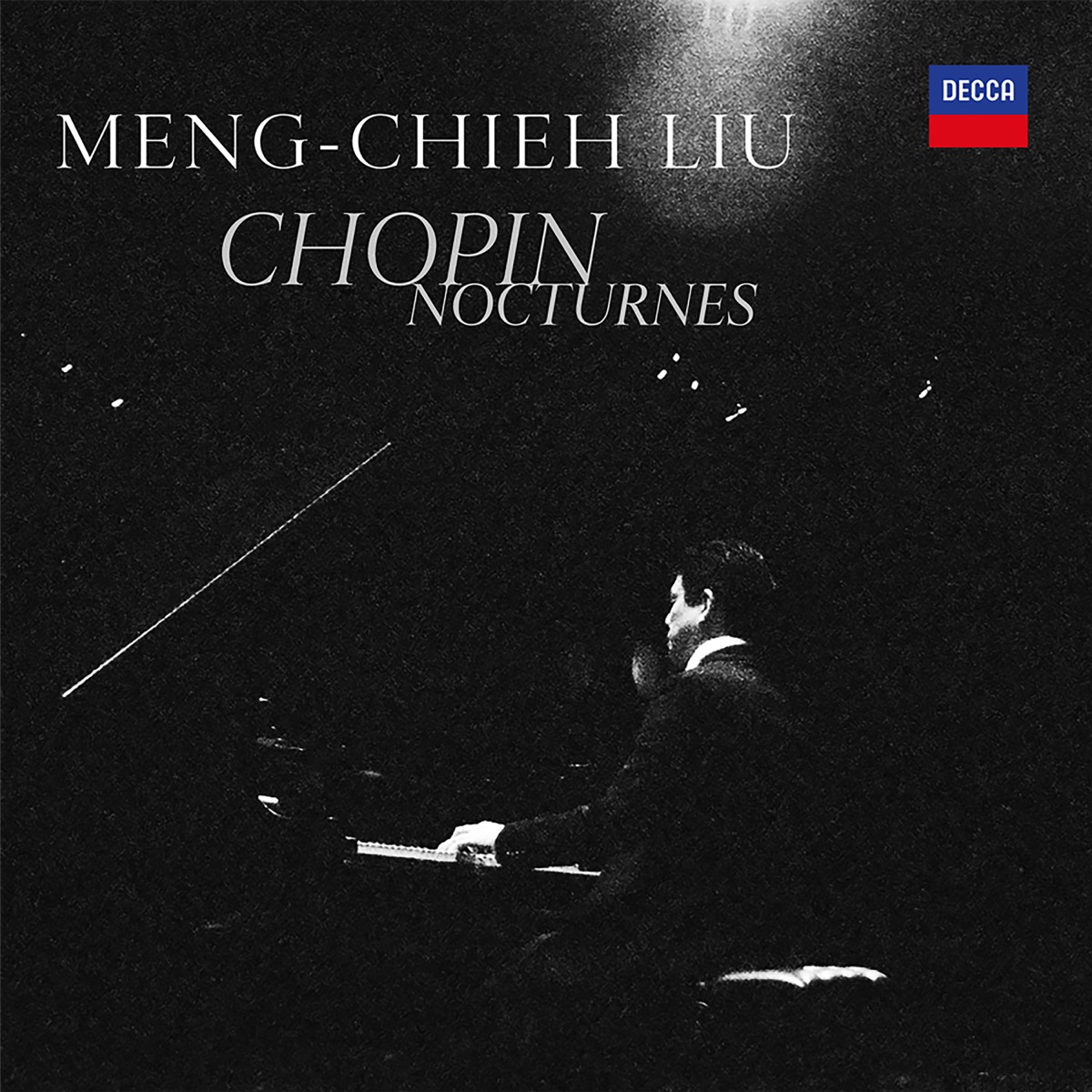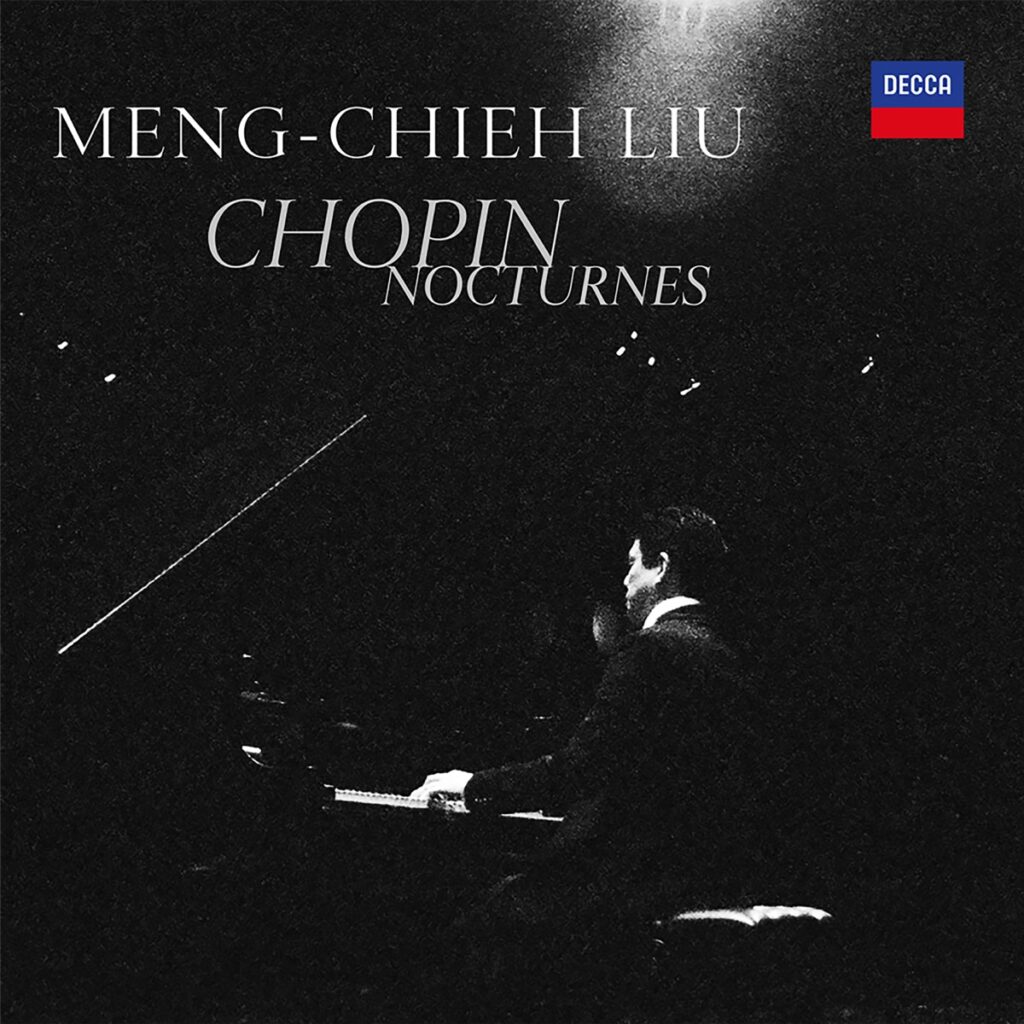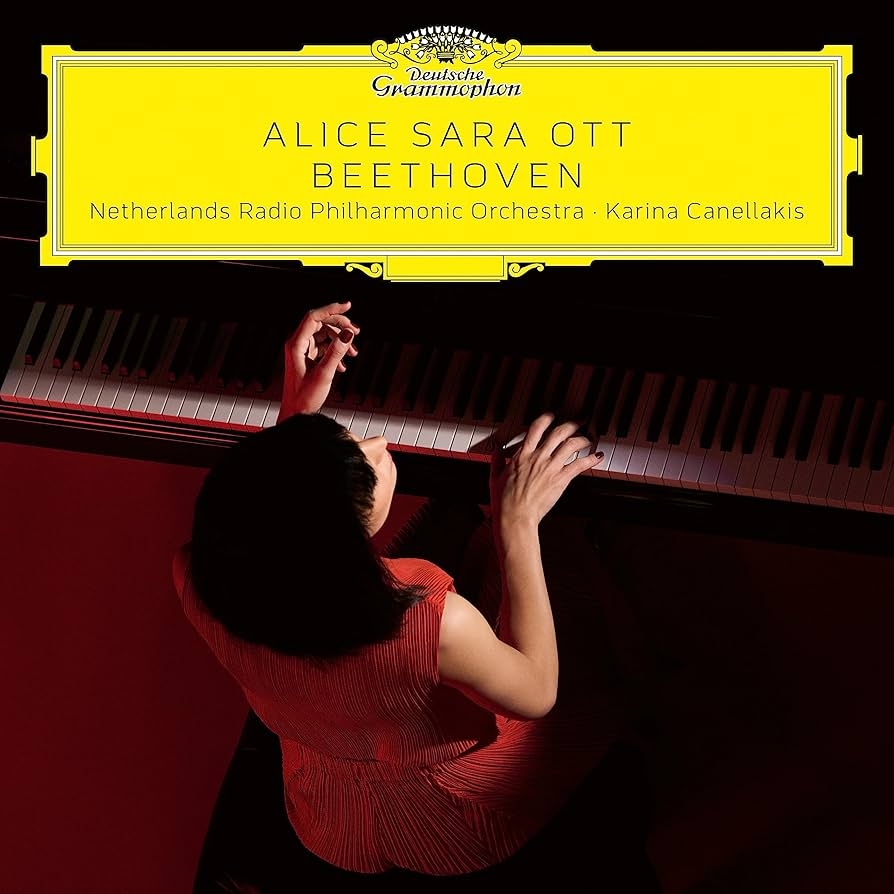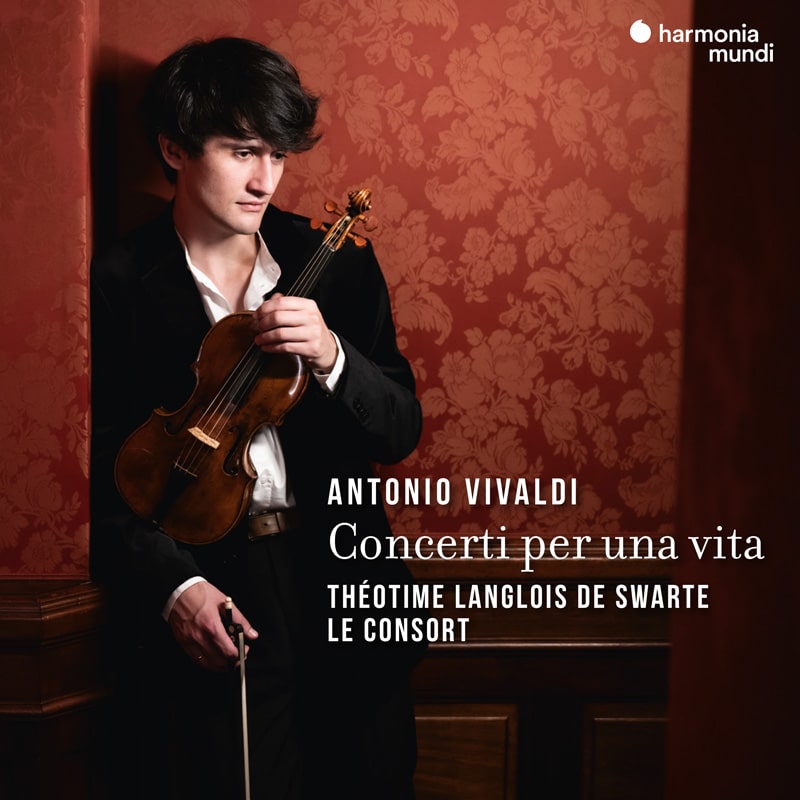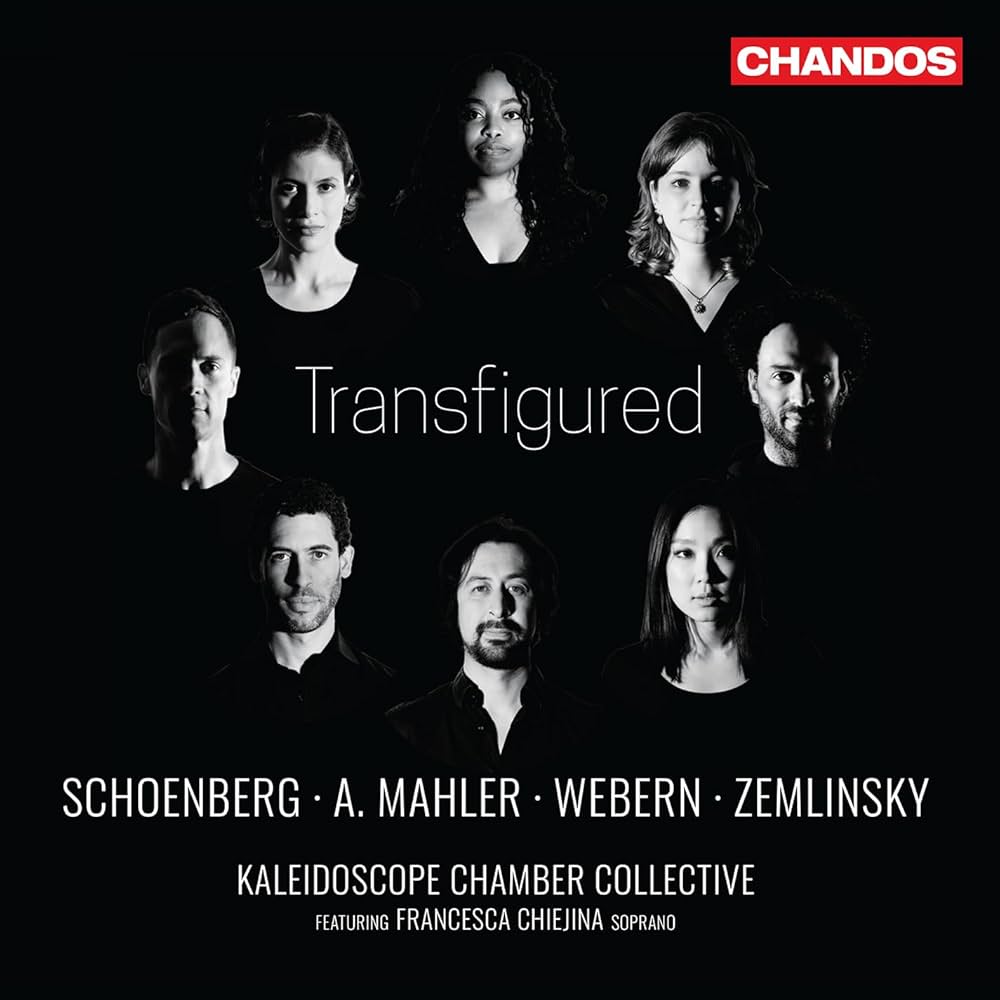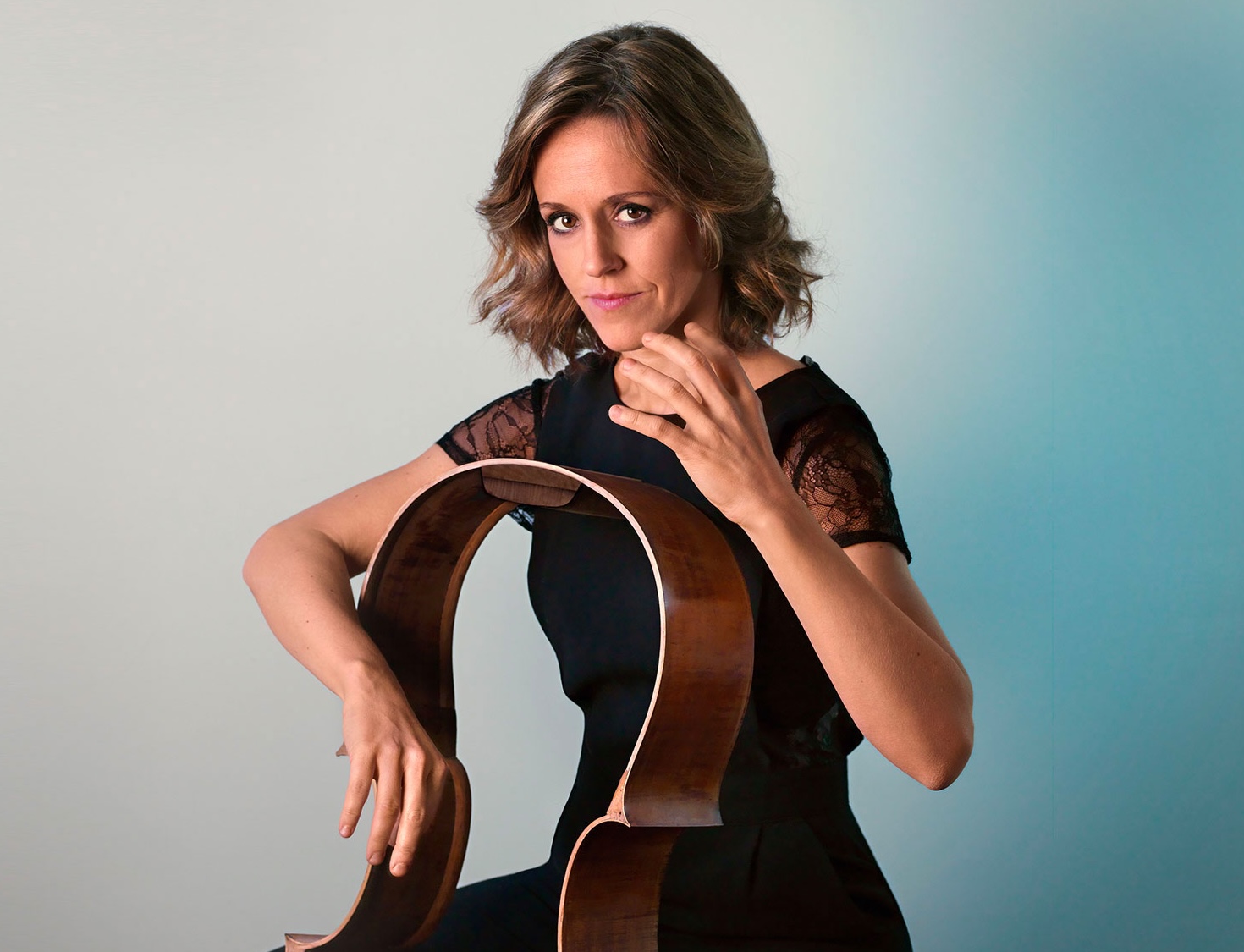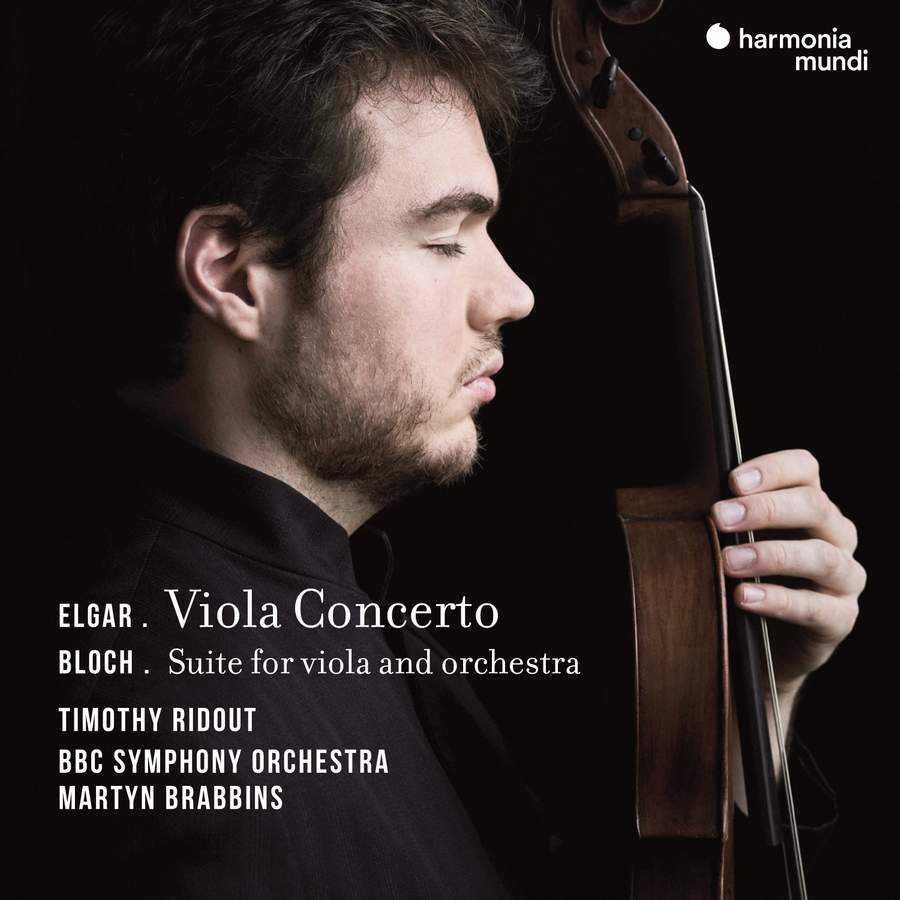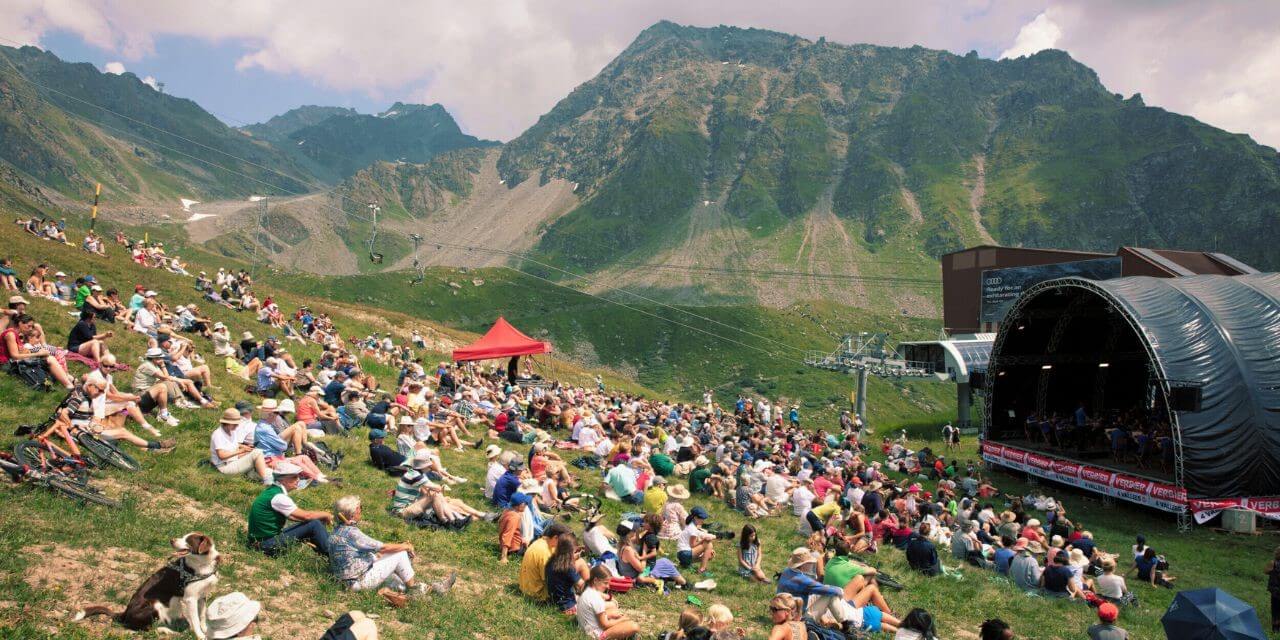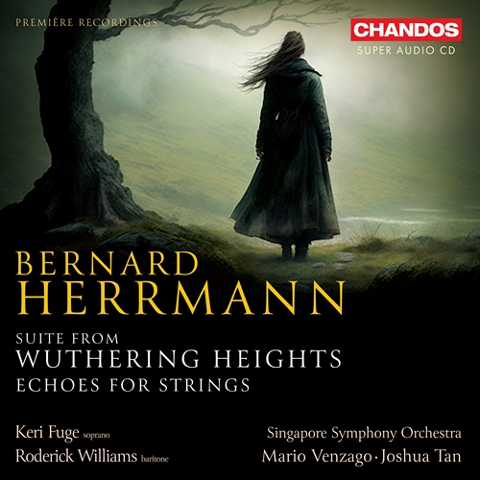Famous Opera Scenes
In Nikolai Lugansky’s rendition of Wagner’s ‘Famous Opera Scenes’, listeners are treated not just to a display of technical brilliance but to a transformative journey through the heart and soul of Wagnerian drama. While Lugansky’s virtuosity is evident from the outset, his true artistry lies in his ability to transcend mere technical prowess and evoke the profound emotional depths inherent in Wagner’s compositions.
From the resplendent cascades of the Magic Fire Music to the somber reverie of Siegfried’s Funeral March, Lugansky’s interpretation is marked by an exquisite blend of precision and passion. Each note is imbued with meaning, each phrase carefully crafted to convey the complex tapestry of emotions that define Wagner’s operatic universe.
What sets Lugansky’s performance apart is his uncanny ability to capture the essence of each scene, drawing listeners into the very fabric of the narrative. Whether it’s the nostalgia tinged with vulnerability in Siegfried’s Funeral March or the juxtaposition of innocence and pain in Parsifal, Lugansky’s keen insight and sensitivity shine through, illuminating the nuances of Wagner’s musical language.
Despite the varied origins of the arrangements, Lugansky navigates them with consummate skill, seamlessly weaving together disparate threads into a cohesive and immersive tapestry of sound. His rendition of the Götterdämmerung excerpts stands as a testament to his mastery, holding its own against the transcriptions penned by 19th-century giants.
Furthermore, the recording’s pristine sound quality serves to enhance the overall listening experience, allowing Lugansky’s artistry to shine through with crystal clarity. In his hands, Wagner’s ‘Famous Opera Scenes’ are not merely performed but lived, evoking a sense of awe and wonder that resonates long after the final note has faded.
Nikolai Lugansky’s ‘Famous Opera Scenes’ is a triumph of interpretation and execution, offering listeners an immersive journey into the heart of Wagnerian splendor. Whether you’re a seasoned aficionado or a newcomer to the world of opera, this recital is sure to captivate and inspire, reaffirming Wagner’s enduring legacy as one of the greatest composers of all time.
